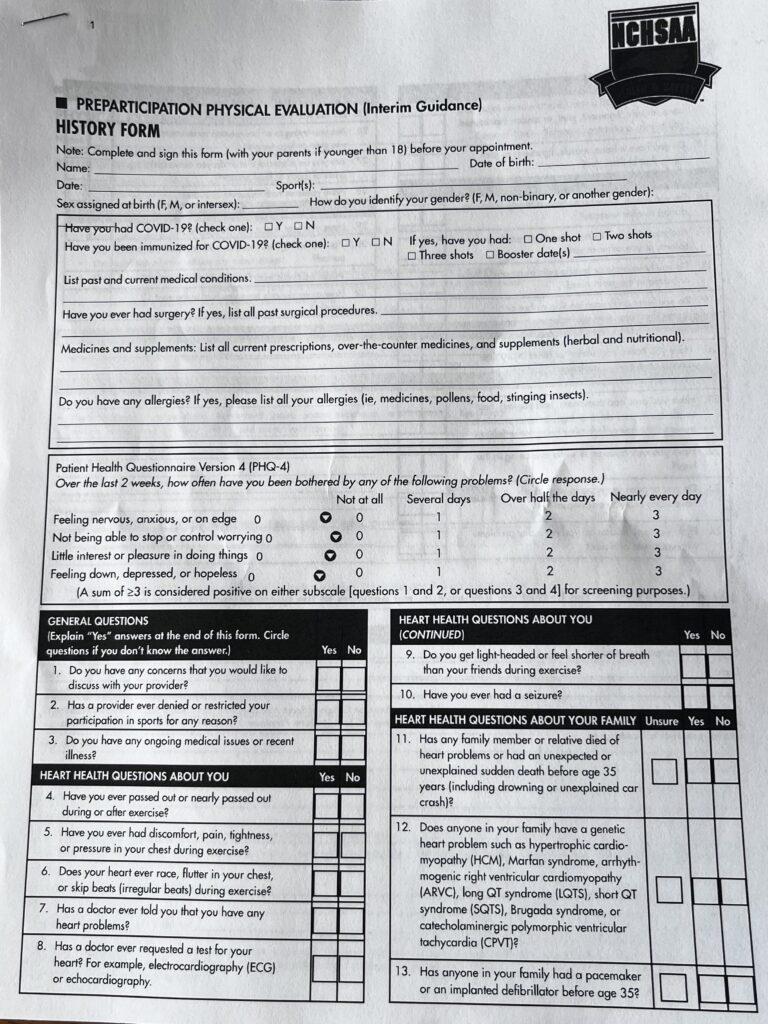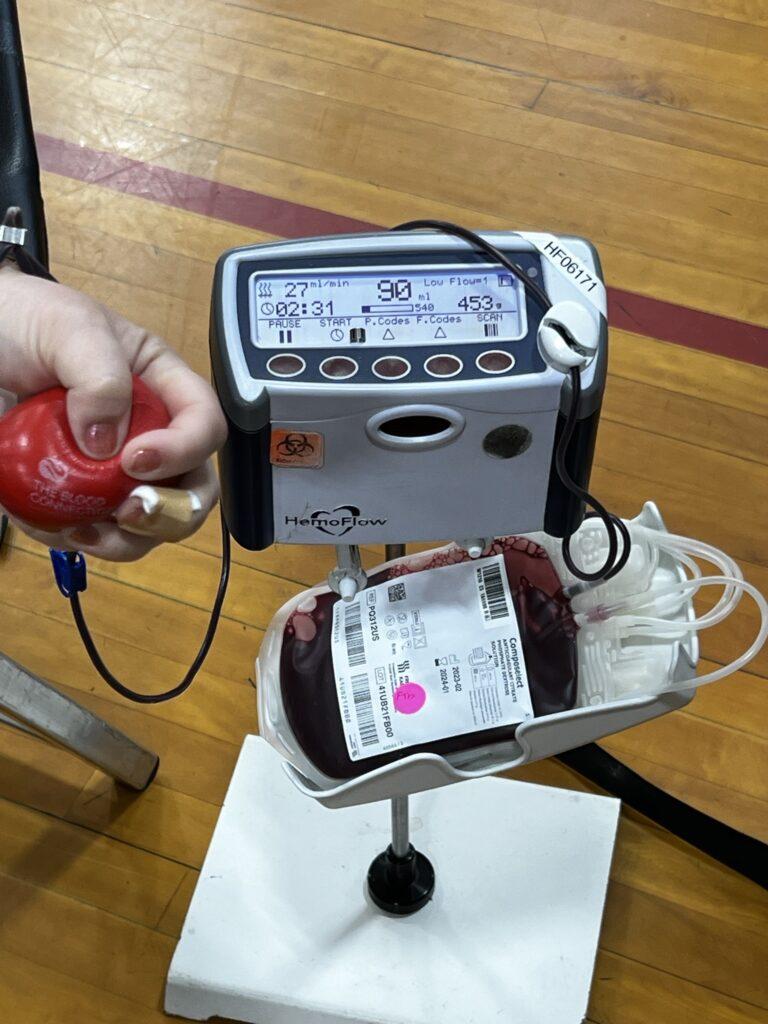As students came back to school from summer break, they entered a different grade, enrolled in different classes and discovered new opportunities.
While much of this change was anticipated, the students did not quite realize they would come back to different cafeteria menus.
Over the summer, West, along with schools across Henderson County, the state and the nation, embraced new federal standards for the foods served at lunch and breakfast in the cafeteria.
“There are specific regulations on what needs to be served as part of a school lunch and school breakfast,” Child Nutrition Director Robert Rolfe said. “Our focus is mainly to serve healthy meals to students.”
These specific regulations have been influenced by federal guidelines, such as the the Healthy, Hunger-Free Kids Act, Smart Snacks in Schools and Michelle Obama’s “Let’s Move!” program.
With childhood obesity on the rise, schools have chosen to enforce healthier options in cafeterias nationwide, Rolfe said. In Henderson County, cafeteria staffs have combated this epidemic with changes in the menus, as well as to the ingredients in the options offered. This year, the 22 Henderson County public school cafeteria staffs have swapped out all refined grain products with whole wheat alternatives.
“Whole grains have proven to be more beneficial to your digestive system,” Rolfe said. “By replacing refined grains with whole grains, you’re replacing extra calories with fiber.”
This minor change is only one small step in a long-term project for Henderson County. Cafeteria staffs plan on limiting sodium in foods over the next few years. By 2020, they hope to have minimized the use of sodium in all foods they serve to students.
“We’re getting comments about how some things are having less taste, and that’s because of we are adding less sodium,” Rolfe said.
Although the change to whole grains has received lots of attention from students, nutrition changes have been made to more than just bread. All meat patties have now been replaced with healthier turkey-based alternatives.
Rolfe said the turkey patty provides lower levels of fat as well as sodium without sacrificing taste.
In addition, all soft drinks sold in schools must now be diet, according to the Smart Snacks in Schools Program. Even though vending machine treats are not connected to the school lunch program, the change has created quite a stir among students.
“Soda is already bad for you, but diet soda is not necessarily better for you,” senior Zach Crane said.
Although the child nutrition program does not regulate the sales of items in vending machinets, this access to constant snacking may be a major cause of childhood obesity. A recent Health Affairs study showed that snacking contributes to 27 percent of an average child’s daily caloric intake.
“Snacking on junk food is a huge contributing factor to obesity,” Kim Berry, the Henderson County Public Schools nurse supervisor, said, “However, snacking on healthy food could actually help you lose weight.”
According to Berry, it isn’t snacking that is unhealthy, but it is snacking on unhealthy foods that creates a problem.
Rolfe said student feedback is critical to the selection of menu items and the quality of meals. Cafeterias in the school system have already seen a 15 percent drop in high school participation for school breakfasts.
“We rely a lot on student feedback,” Rolfe said, “We try to identify what products students like and bring them into the program.”
Whether students like the changes or not, the mission remains the same, Rolfe said. The goal of the school lunch program is to serve healthy, tasty meals.
By Samuel Littauer













